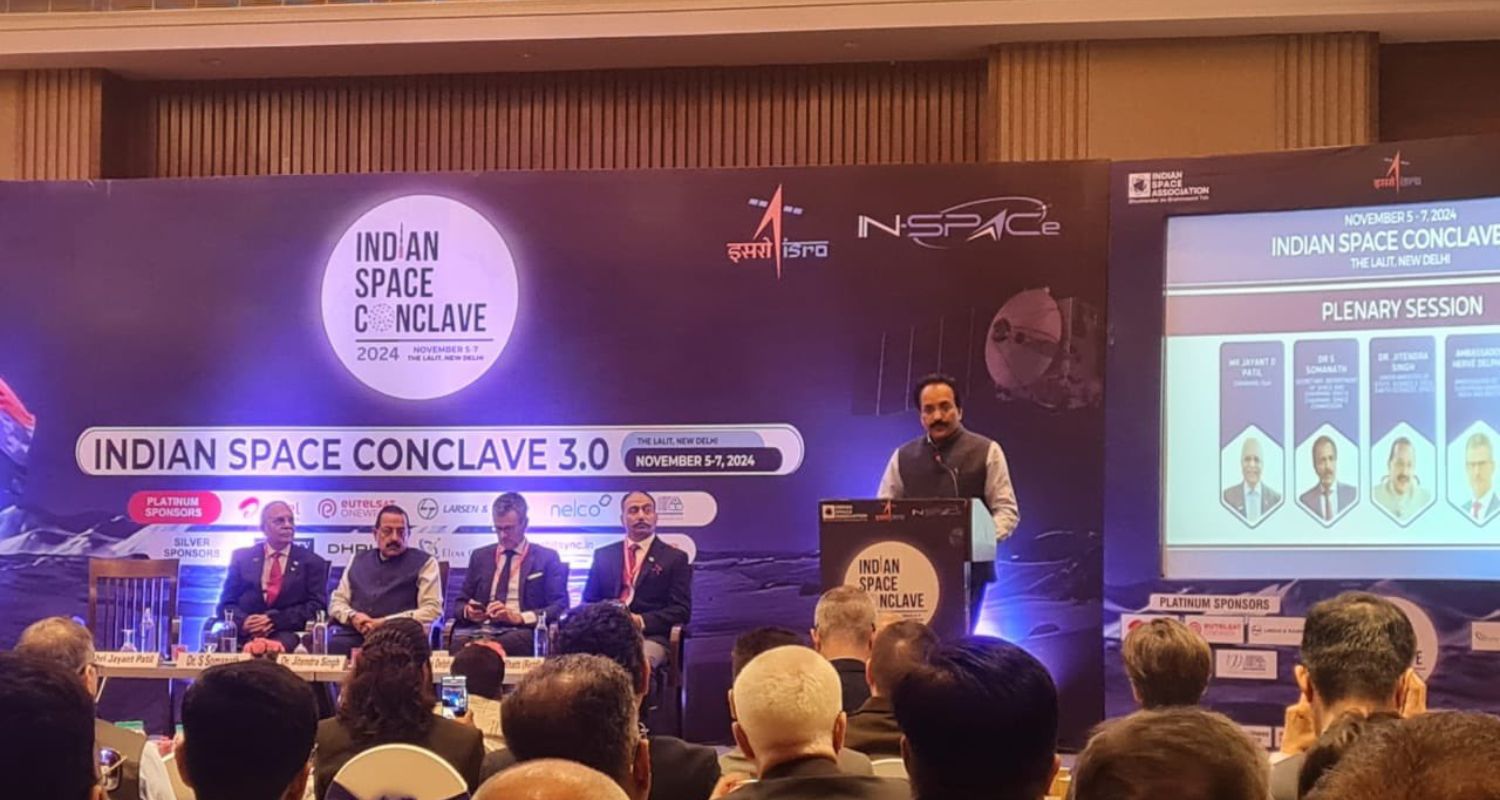The Indian Space Research Organisation (ISRO) is preparing for an exciting launch in December. This mission will involve the European Union's Proba-3 Sun Observation Project, as announced by Dr. Jitendra Singh, the Union Minister of State for Science and Technology.
During the Indian Space Conclave 3.0 held in New Delhi, he shared details about this international collaboration aimed at exploring the mysteries of the Sun.
The Proba-3 mission is particularly significant because it will focus on studying the Sun's corona, which is the outer layer of the Sun's atmosphere. This layer is often difficult to observe due to the overwhelming brightness of the Sun's surface, known as the solar disk.
The mission involves a unique approach, utilising a pair of satellites that will work in tandem to create a sophisticated instrument known as a solar coronagraph. This 144-metre-long device will allow scientists to observe the Sun's corona with unprecedented detail and proximity, thus advancing our understanding of solar phenomena.

The launch will take place from Sriharikota, using the PSLV-XL rocket, a reliable vehicle operated by ISRO. Dr. Singh emphasised the collaborative nature of this mission, highlighting that Indian space scientists will work closely with their European counterparts.
This partnership aims to deepen our understanding of solar activities and their potential impacts on space weather, which can affect satellite operations and even power grids on Earth.
In addition to discussing the Proba-3 mission, Dr. Singh reflected on the broader context of India's space ambitions. He noted that the country's space sector, which was traditionally restricted for decades, is now open for public participation due to the 2023 New Space Policy.
This policy is designed to stimulate growth in the space industry and encourage innovation. The minister expressed his vision for the future, outlining ambitious goals such as the establishment of the Bharatiya Antariksha Station, or Indian Space Station, by 2035. Furthermore, he aims to see the first Indian astronaut land on the Moon by 2040.
Dr. Singh also pointed out the various applications of space technology across different sectors in India. From navigation and satellite imaging to terrain mapping, space technology is becoming increasingly integral to various industries.
He underscored the potential for space technology to contribute to the development of smart cities, enhancing urban planning and infrastructure through advanced data collection and analysis.
Moreover, the minister expressed a strong desire to elevate India’s share of the global space economy from the current 2 percent to 10 percent in the coming years. This ambitious goal reflects the country’s commitment to becoming a significant player in the international space arena.


